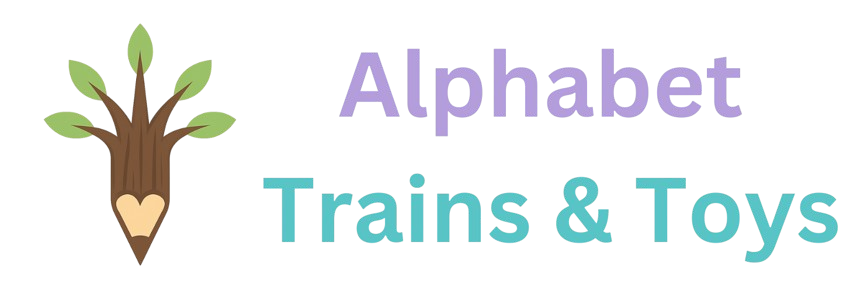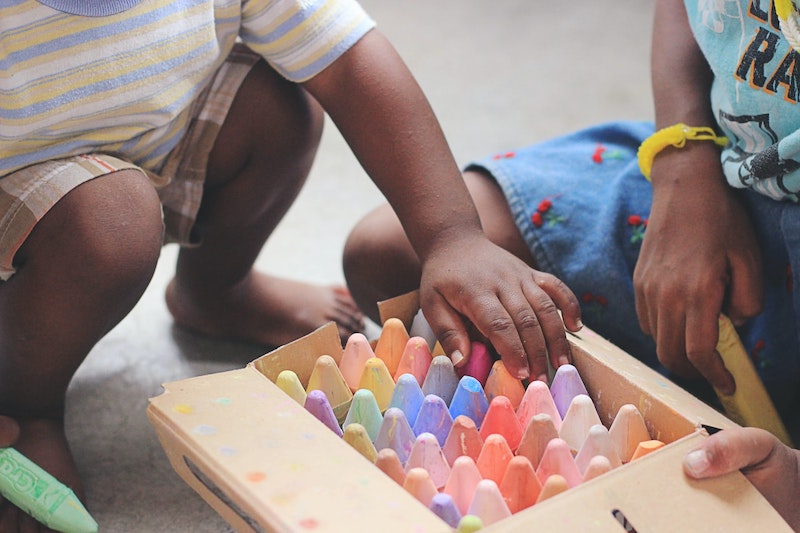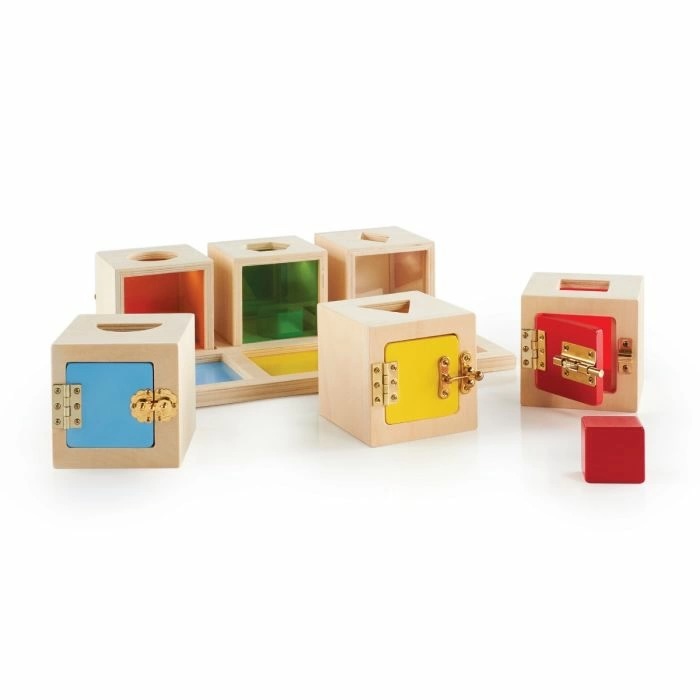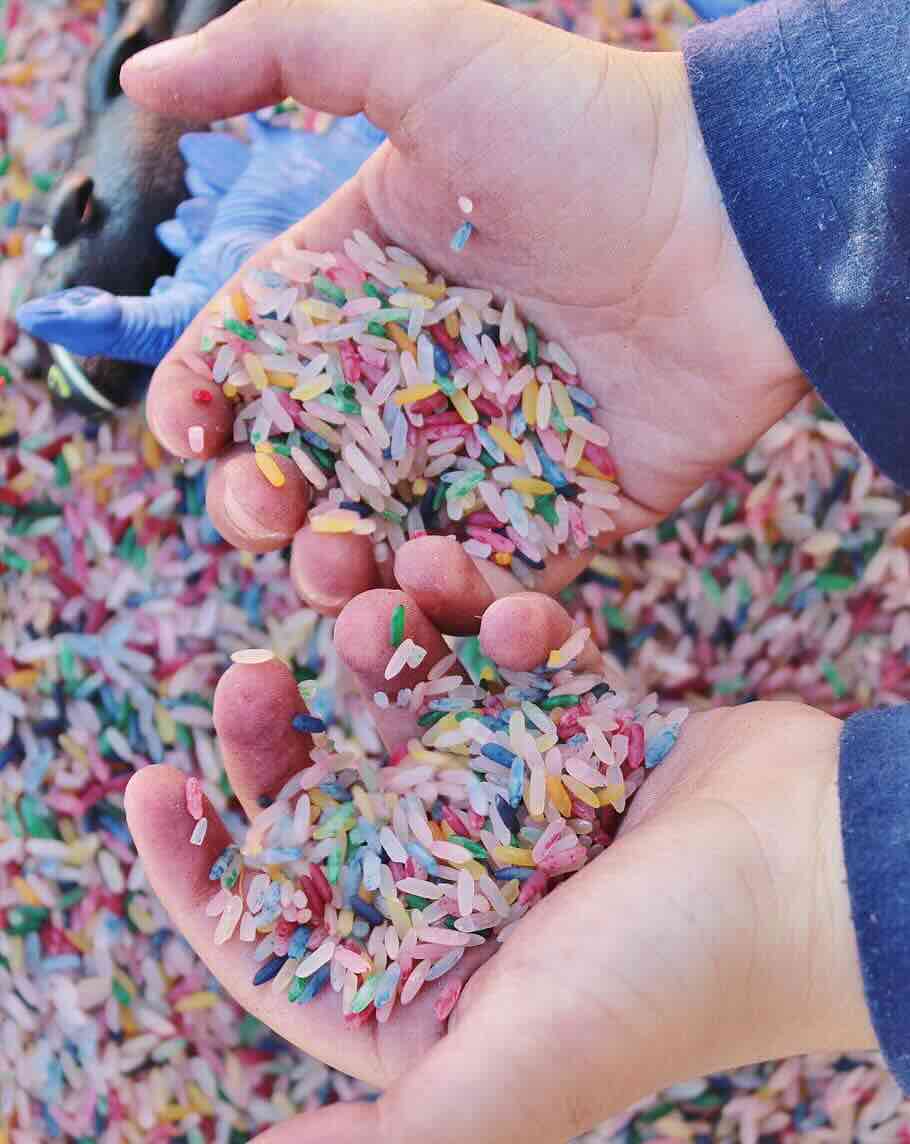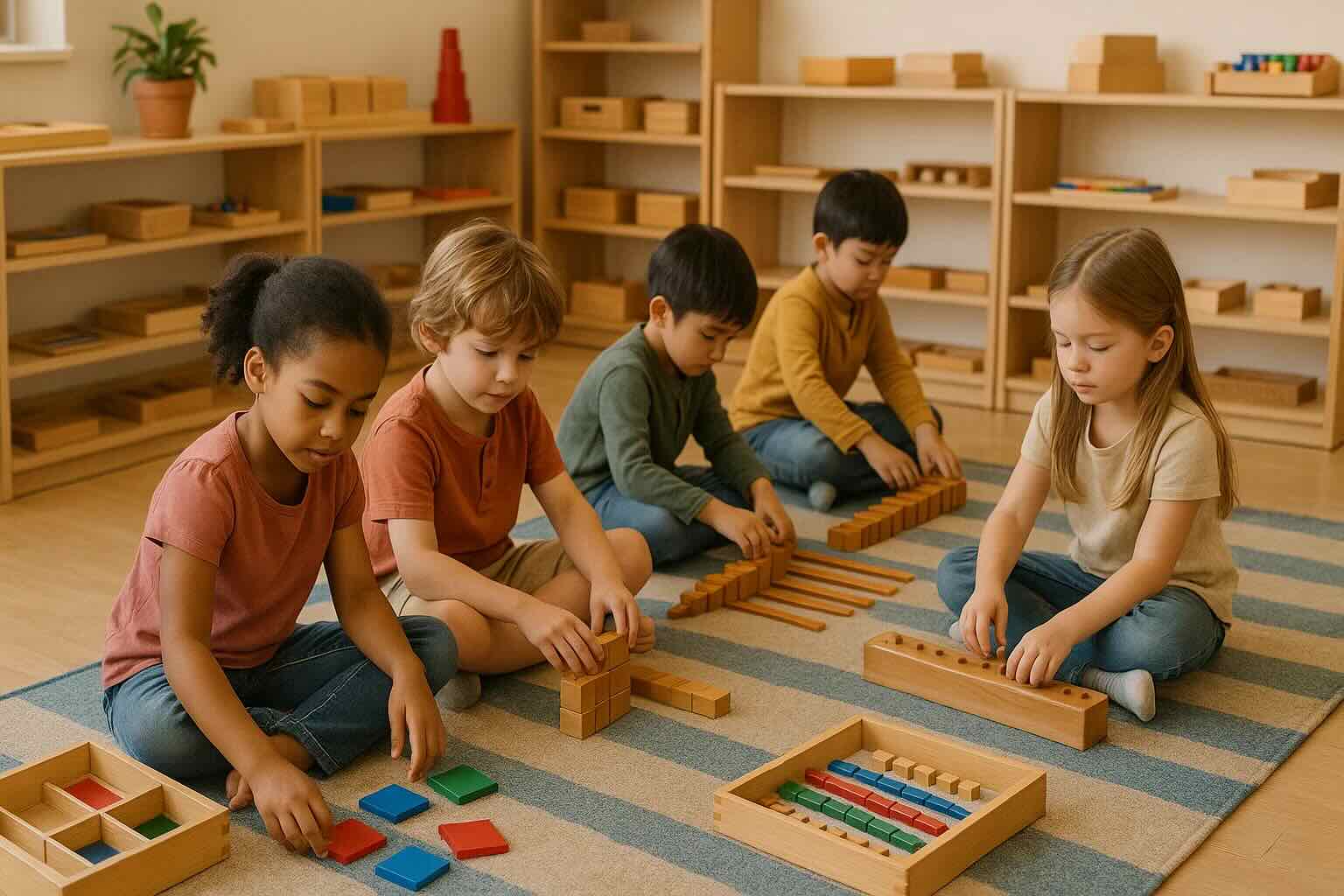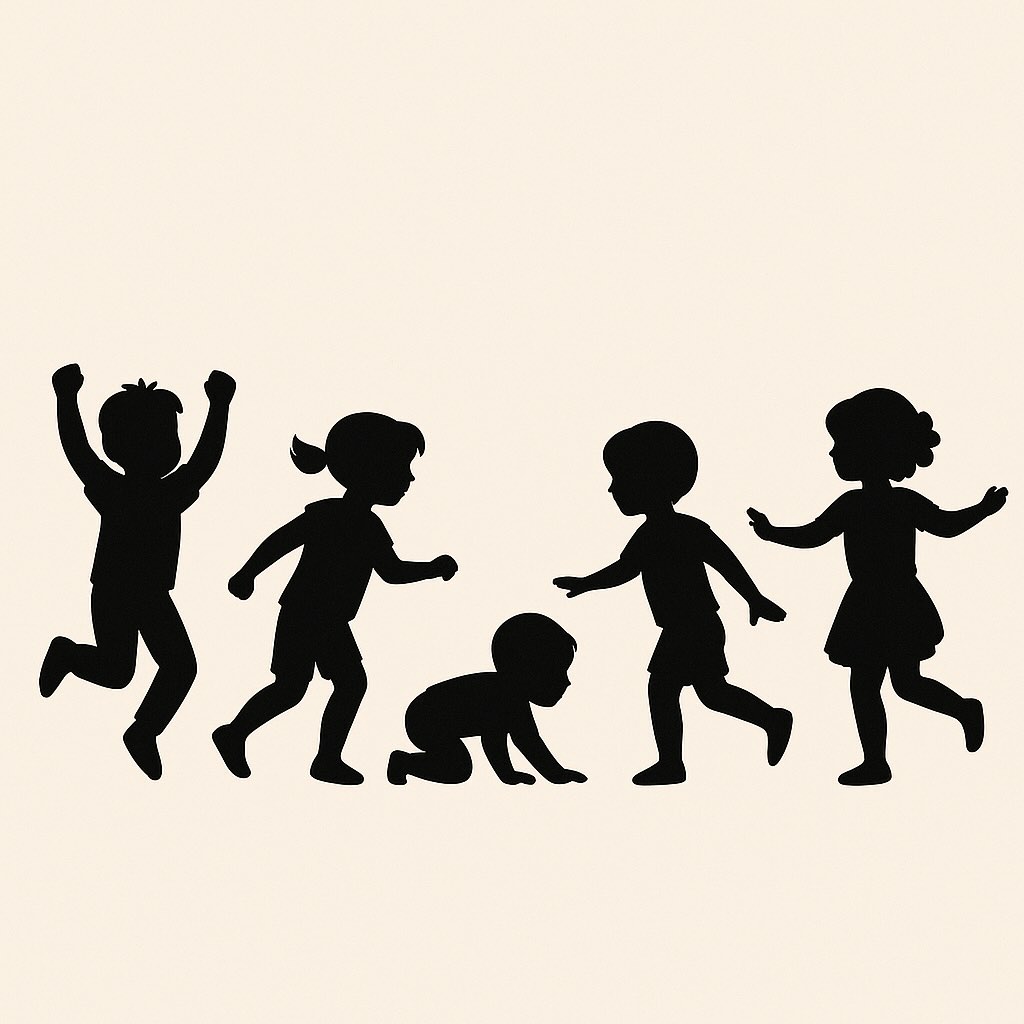What is Montessori Education and What are the Principles of Montessori
What is the Montessori method of education?
Are you looking for a preschool for your child?
Are you confused about which schooling system to choose?
While there are various options to explore, one method that’s stood the test of time is the Montessori approach.
In this article, I’ll walk you through everything you need to know about the Montessori method so you can decide if it’s right for your child.
If you're just beginning your Montessori journey, start with our complete overview: What Is Montessori Education?
Over the last few years, many schools have started claiming to follow the Montessori method—it’s become almost trendy! But not all of them apply the philosophy correctly. So it’s important to do a little homework before enrolling your child.
One reason parents turn to Montessori is because of its foundational Montessori principles—a child-centered approach that nurtures curiosity, peace, and independence.
Let’s start with a bit of background before diving into the key principles of Montessori learning.

Background of the Montessori Method
The Montessori approach is named after Dr. Maria Montessori, an Italian physician and educator. Her work in child psychology led her to develop a method centered on the natural interests, independence, and self-paced growth of each child.
She observed that children learn better when they’re allowed to move freely, explore, and use their senses. Instead of listening passively, they thrive when learning through hands-on experiences.
The Core Principles of Montessori Education
The Montessori approach is built around a few core principles. These Montessori principles are not just educational strategies—they’re a philosophy for nurturing independent, curious, and compassionate learners.
1. Cultivating Peace and Empathy in the Montessori Classroom
Montessori classrooms actively promote peace education—teaching children how to resolve conflicts, practice empathy, and contribute to a harmonious learning environment.
Instead of relying on teachers or parents to mediate every disagreement, kids learn peacekeeping skills themselves. Imagine your child solving a toy-sharing dispute without a meltdown. Sounds amazing, right?
2. Learning Through Hands-On Exploration
In Montessori, children learn by doing. They interact with real objects, experiment, make mistakes, and discover concepts through experience. This kind of tactile learning helps lessons stick in a deeper, more meaningful way.
For example, a child might use wooden letters to form words or stack blocks to understand math concepts.
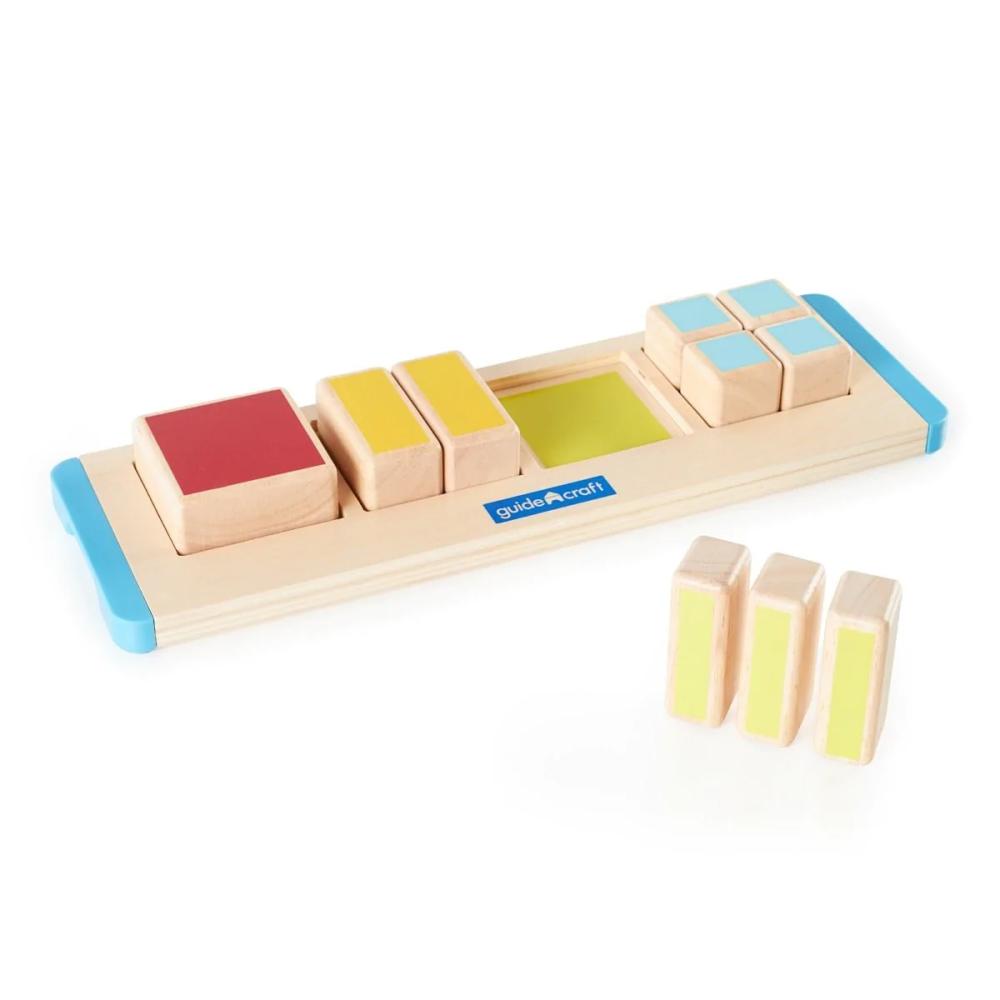
3. Supporting Focus with Integrated Learning and Long Work Cycles
Subjects in Montessori classrooms are often blended together. A child might sort blocks by color (science), count them (math), and discuss them with friends (language)—all in one activity.
These activities are done during extended, uninterrupted work periods. This allows children to dive deeper into their interests without rushing through tasks.
4. Educating the Whole Child — Mind, Body, and Spirit
Montessori doesn’t just teach reading and math. It focuses on nurturing the whole child—including emotional intelligence, self-care, physical wellness, and even spiritual balance.
These ideas extend naturally into parenting—read more in our Montessori parenting style guide.
Children learn practical life skills like table manners, cleaning up, and sharing meals. They also engage in yoga, stretching, or mindfulness to manage emotions and energy.
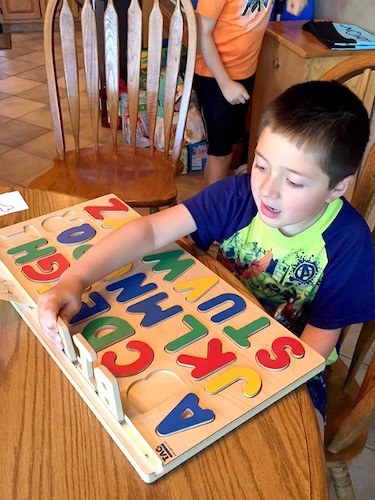
5. A Thoughtfully Prepared Environment for Independent Growth
Montessori classrooms are intentionally designed to invite curiosity and independence. Materials are neatly arranged, easy to reach, and visually appealing. Everything has a place—and everything is placed with purpose.
When your child walks into a Montessori classroom, they step into a space built just for them—full of color, light, and hands-on learning opportunities.
6. Personalized Learning at Every Stage
Each child is unique, and Montessori honors that. Kids move at their own pace and work on lessons that align with their personal child-centered learning journey. Montessori educators observe and guide instead of dictating what must be learned at a specific time.
This helps children to learn and build confidence while mastering skills in their own way.
7. The Montessori Teacher as a Gentle Guide
Montessori teachers are facilitators, not lecturers. These educators step in when needed and quietly observe when not. This allows children to explore freely while still having support available.
Your child isn’t just told what to do—they’re encouraged to figure things out on their own first.
8. Student-Led Learning That Builds Confidence
The entire classroom is designed around the students’ needs. Rather than sitting passively, kids are actively engaged with hands-on Montessori materials that let them explore and experiment independently.
This builds a strong sense of agency and ownership in their learning process.
9. Mixed-Age Classrooms and the Power of Peer Learning
Montessori classrooms often group children in mixed-age settings. This setup helps older kids become mentors, while younger children learn by observing and interacting with their peers.
This structure naturally fosters collaboration, leadership, and empathy among students.
Even though Montessori education was developed over a century ago, it remains one of the most respected and effective early childhood education systems in the world today.
Helpful Resources
Shop Montessori Toys by Age
Find age-appropriate Montessori Toys to match every stage of your child’s development—from infants to preschoolers. Thoughtfully selected to inspire independence, focus, and hands-on learning.
Browse Montessori Toys by AgeFrequently Asked Questions About Montessori Learning
1. What age is best to start Montessori education?
Montessori programs typically begin as early as 2.5 to 3 years old. This is when children are most receptive to developing independence, sensory learning, and social skills. However, Montessori methods can be beneficial even in infancy and continue through elementary years.
If you're looking for practical tools to support key Montessori ideas like concentration and independence, our Montessori toys for 3 year olds are ideal. They encourage purposeful movement, fine motor control, and decision-making—perfect for this developmental stage.
Want to better understand how toys support Montessori development? Check out our Ultimate Guide to Montessori Toys.
If you're wondering what kinds of hands-on learning activities work for different stages, explore our curated guide to Montessori activities by age.
2. Is Montessori good for all children?
Montessori works well for many children, especially those who enjoy hands-on learning and a calm, structured environment. However, some kids may thrive more in traditional setups with more direct instruction. It's always a good idea to visit a classroom and observe your child’s response.
Still unsure? You might be bumping into some of the most common Montessori myths and misconceptions.
3. How is discipline handled in a Montessori classroom?
Montessori classrooms promote self-regulation and mutual respect. Instead of punishment, children are guided to understand consequences and resolve conflicts peacefully. Teachers act as calm mediators and role models, helping kids build inner discipline over time.
4. Are Montessori schools religious?
No, Montessori itself is not tied to any religion. While some private Montessori schools may include religious elements, the core Montessori philosophy is secular and focused on child-led learning and personal development.
5. How can I bring Montessori principles into my home?
You can create a Montessori-inspired home by encouraging independence, setting up accessible shelves or learning materials, and involving your child in daily life tasks. Open-ended toys, routine, and respectful communication go a long way in supporting Montessori learning at home.
